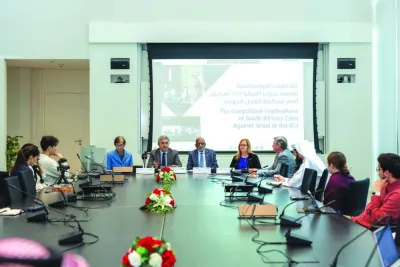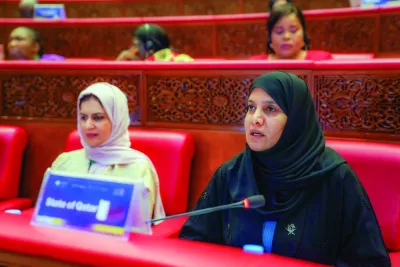More than 60 players from countries around the world have since 2003 taken advantage of EU residency rules so that they could join county teams without being considered “overseas players”. But the rules of the so-called Kolpak accord meant they could not play for their home countries. Under current plans, if Britain pulls out of the EU, the Kolpak system for cricketers would end by 2021. Du Plessis, who has himself played in England under the system, highlighted the case of off-spinner Simon Harmer who has starred for Essex over the past two years but has not appeared for South Africa since 2015.
“It’s sad for South African cricket not to have the option of their best players,” du Plessis told reporters after his side’s innings and 202 runs defeat by India in the third Test. “Simon Harmer has had an unbelievable season. And it would be great for South Africa to be in a position where they could go (for tours). He’s done well overseas. Let’s bring him on tour with us. So maybe, post-Brexit, guys will still go and play there (in England), but you can still pick them for your country.”
The absence of county players and retirement of top stars such as Hashim Amla and fast bowler Dale Steyn have left du Plessis with an inexperienced side, highlighted by the defeats in India. The skipper said that South Africa’s domestic cricket also misses the likes of Amla when they choose to play in England. “You lose all of that experience, which would have helped the young guys so much,” he said. “Playing with Hashim Amla, Dale Steyn, AB de Villiers is the greatest learning curve that you can get.”
Du Plessis insisted though that South Africa will build a strong new team with the batting of Dean Elgar and Quinton de Kock showing promise. “It’s a rebuilding phase, so the way forward when you go through real, tough times like this, is you start identifying characters,” said du Plessis. He praised the India’s fast bowlers Umesh Yadav and Mohamed Shami, who took 10 wickets between them in the match. India captain Virat Kohli also highlighted their lead role. The duo battered the opposition with their lively pace and barrage of bouncers to pack the tourists twice on 162 and 133 in response to India’s 497-9 declared.
South Africa had prepared for a spin onslaught in India but their batsmen were left flummoxed by the hosts’ seam attack, du Plessis said. India’s fast bowlers, rarely expected to make a mark on docile surfaces at home, picked up 26 wickets in the three Tests with their spin-bowling colleagues accounting for 32.
That is a significantly higher haul than the eight wickets they claimed versus the spinners’ 61 scalps when South Africa toured in 2015 for a four-Test series, which the hosts won 3-0.
“Obviously we spoke about this before the series, the mindset coming here, specially after 2015 was, prepare yourself for a lot of spinning tracks,” du Plessis said.
“And it’s been the opposite, it’s actually been really good cricket wickets. A lot in it for the bowlers, a lot in it for the batters, so fantastic Test cricket to be played. And the Indian seam attack was tremendous. Right through the series, relentless and they showed us how to consistently bowl line and length.”
South Africa posted 431 in their first innings in the opening test at Visakhapatnam against India, but crossed the 200-run mark only once in their remaining five innings.
“That’s the frustrating part of the tour for us. Starting that first sitting there were some real good signs of things potentially to come, but it went the other way,” du Plessis said. “Every Test match we played we made bit more mistakes.”



